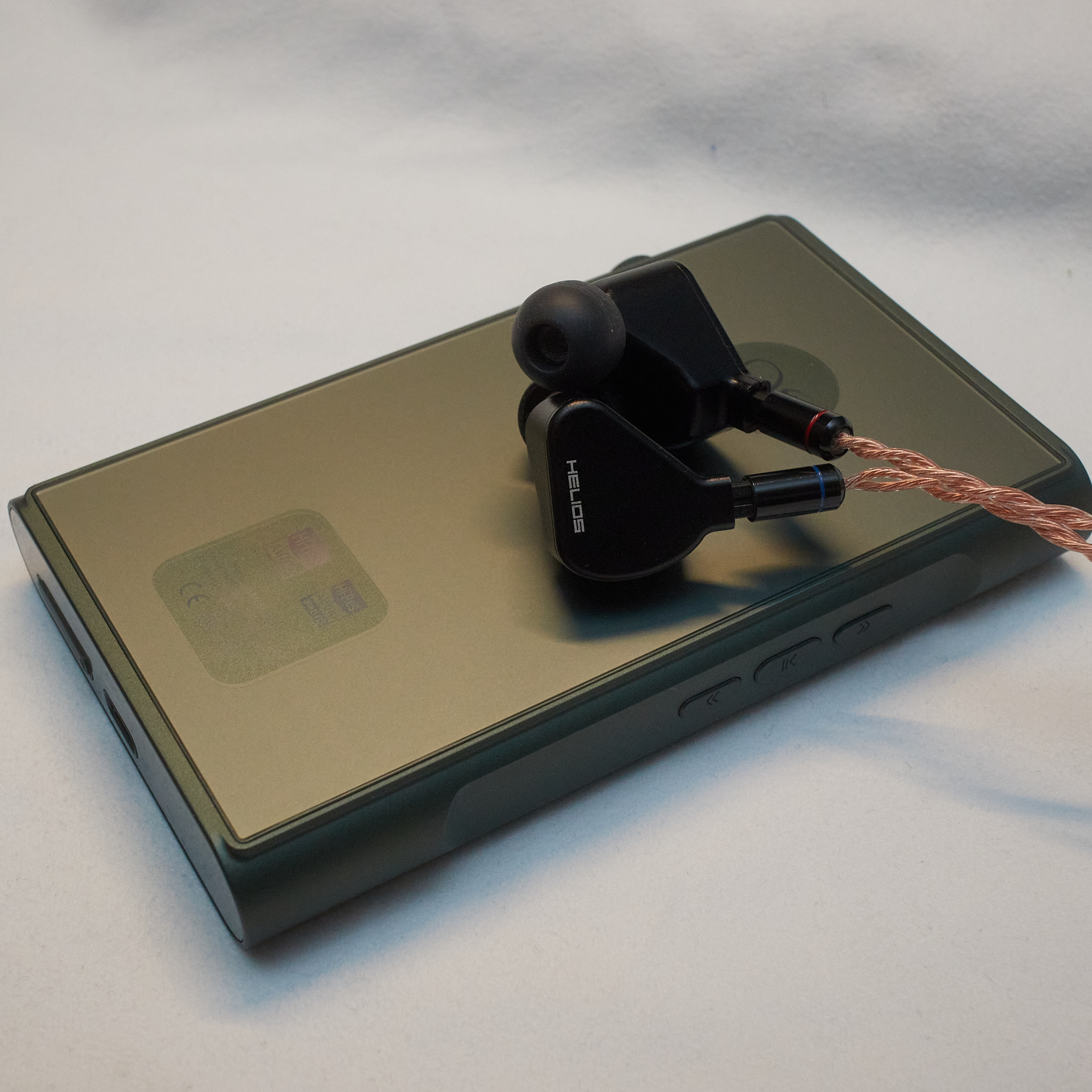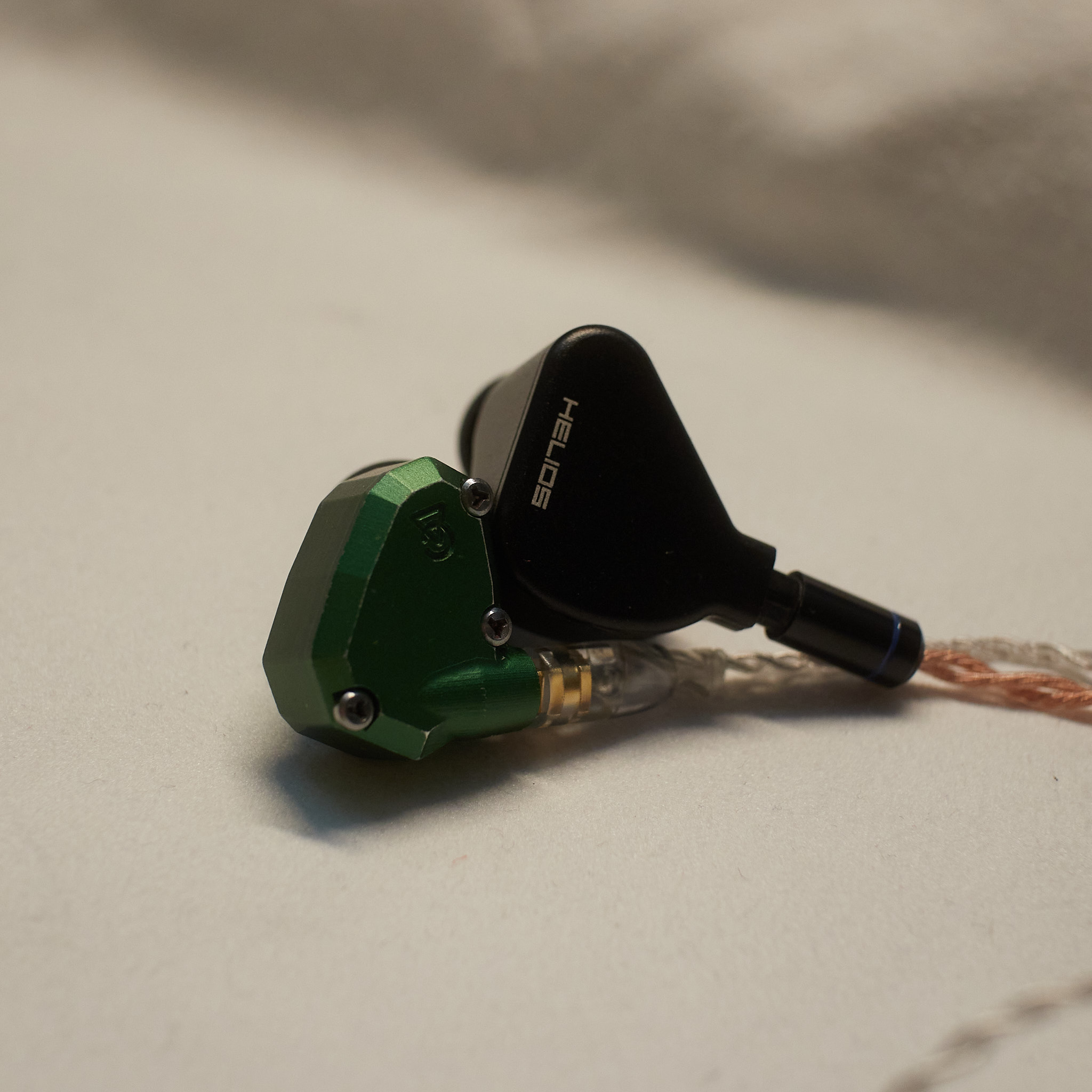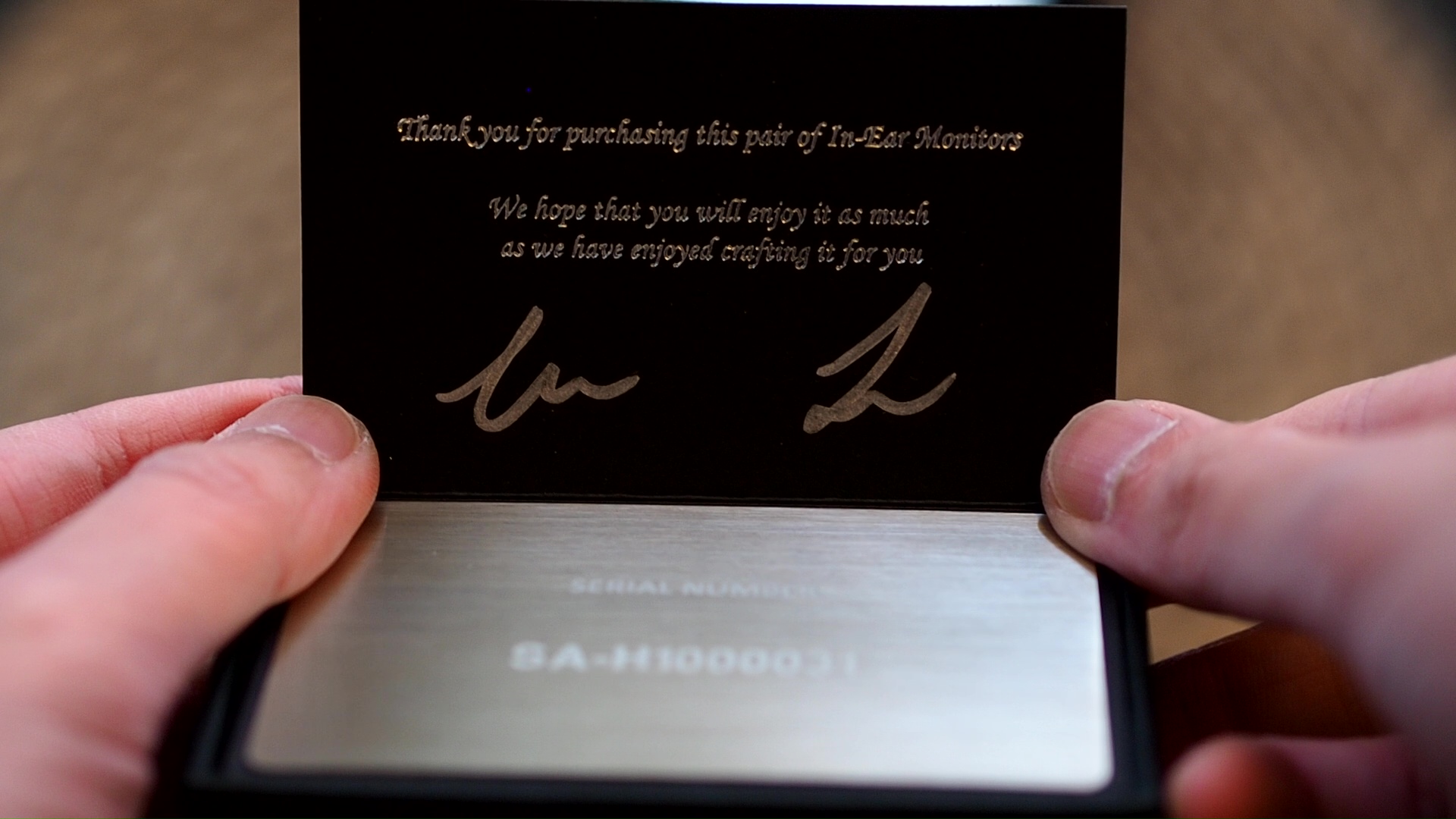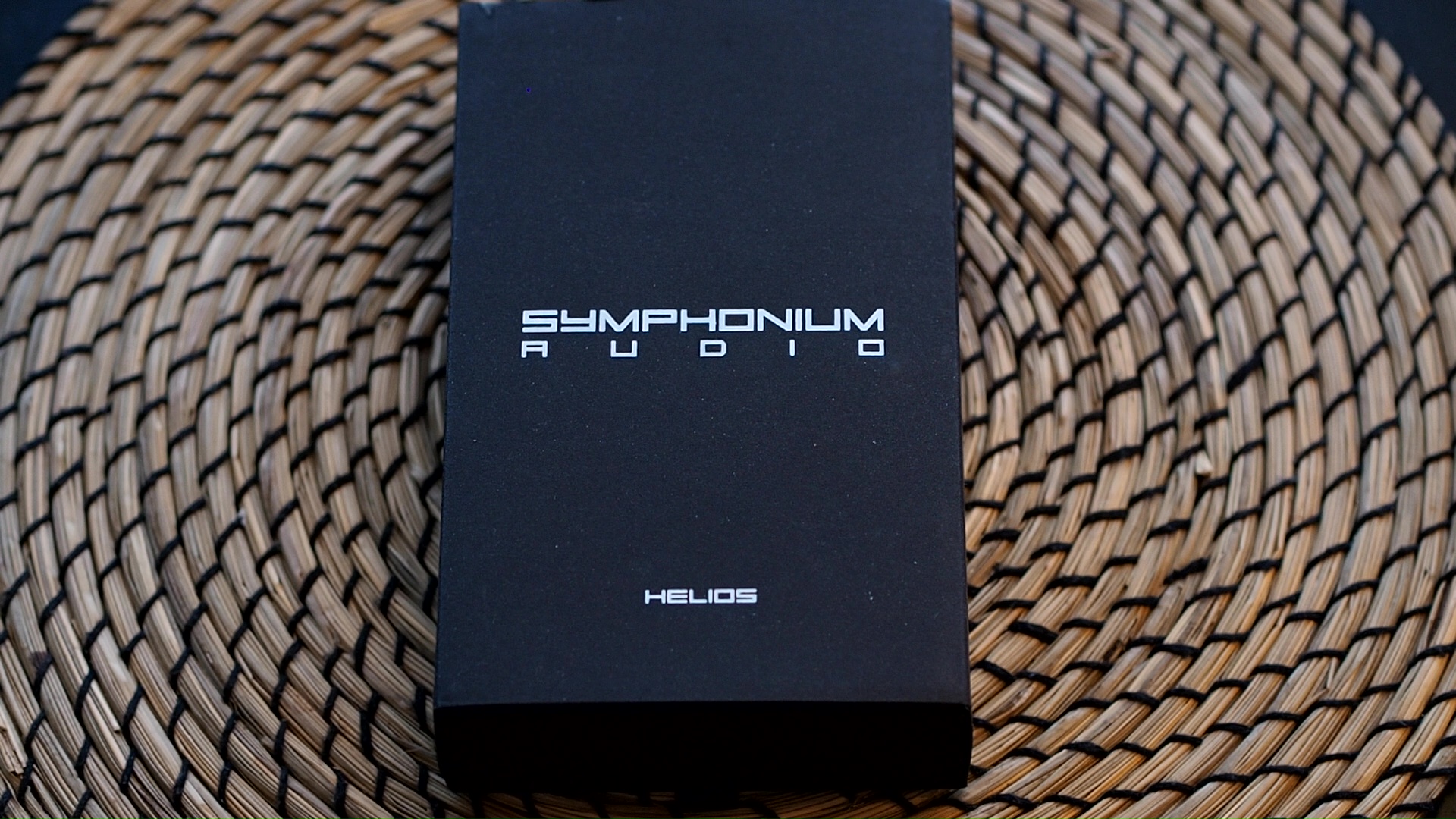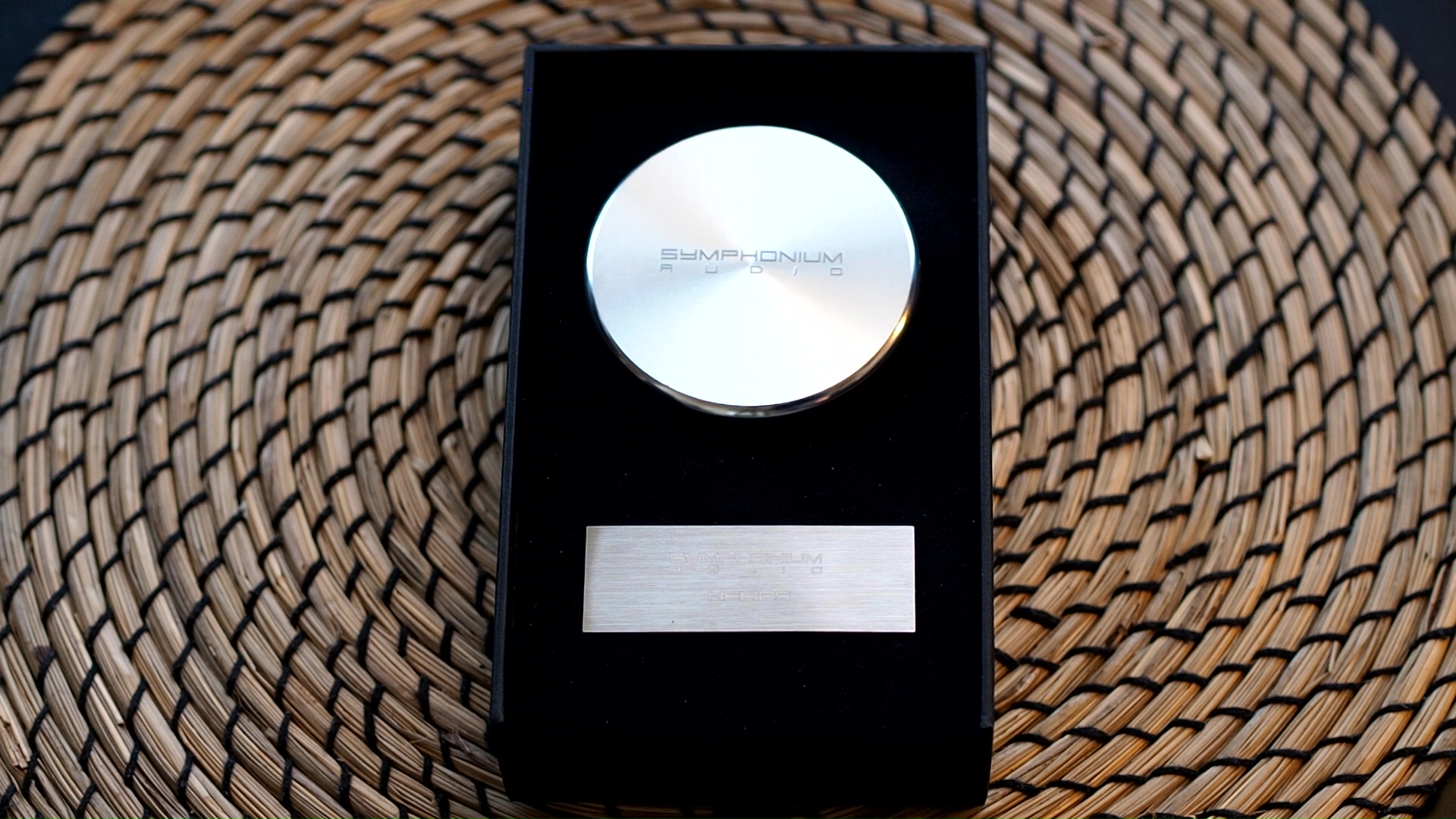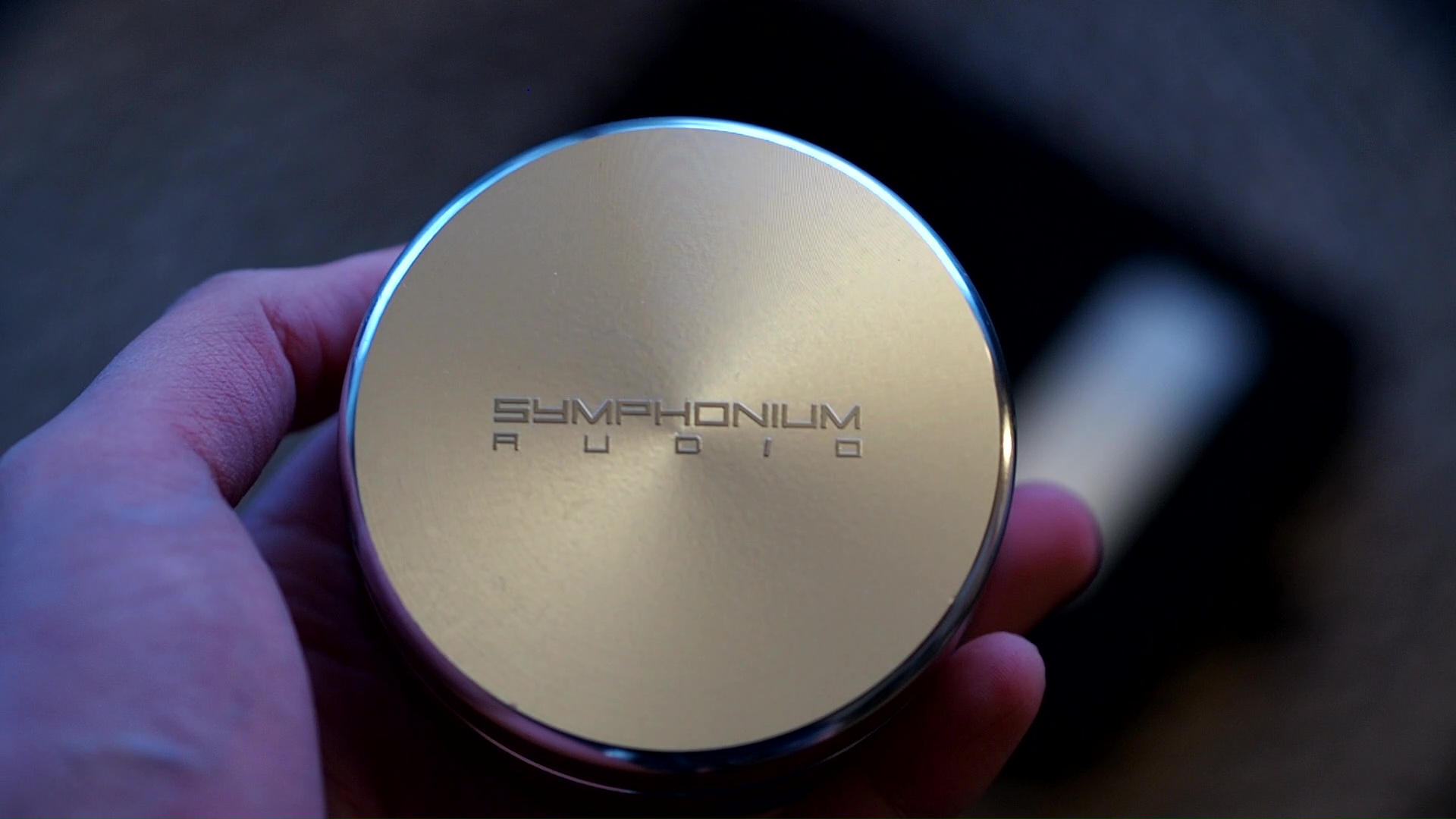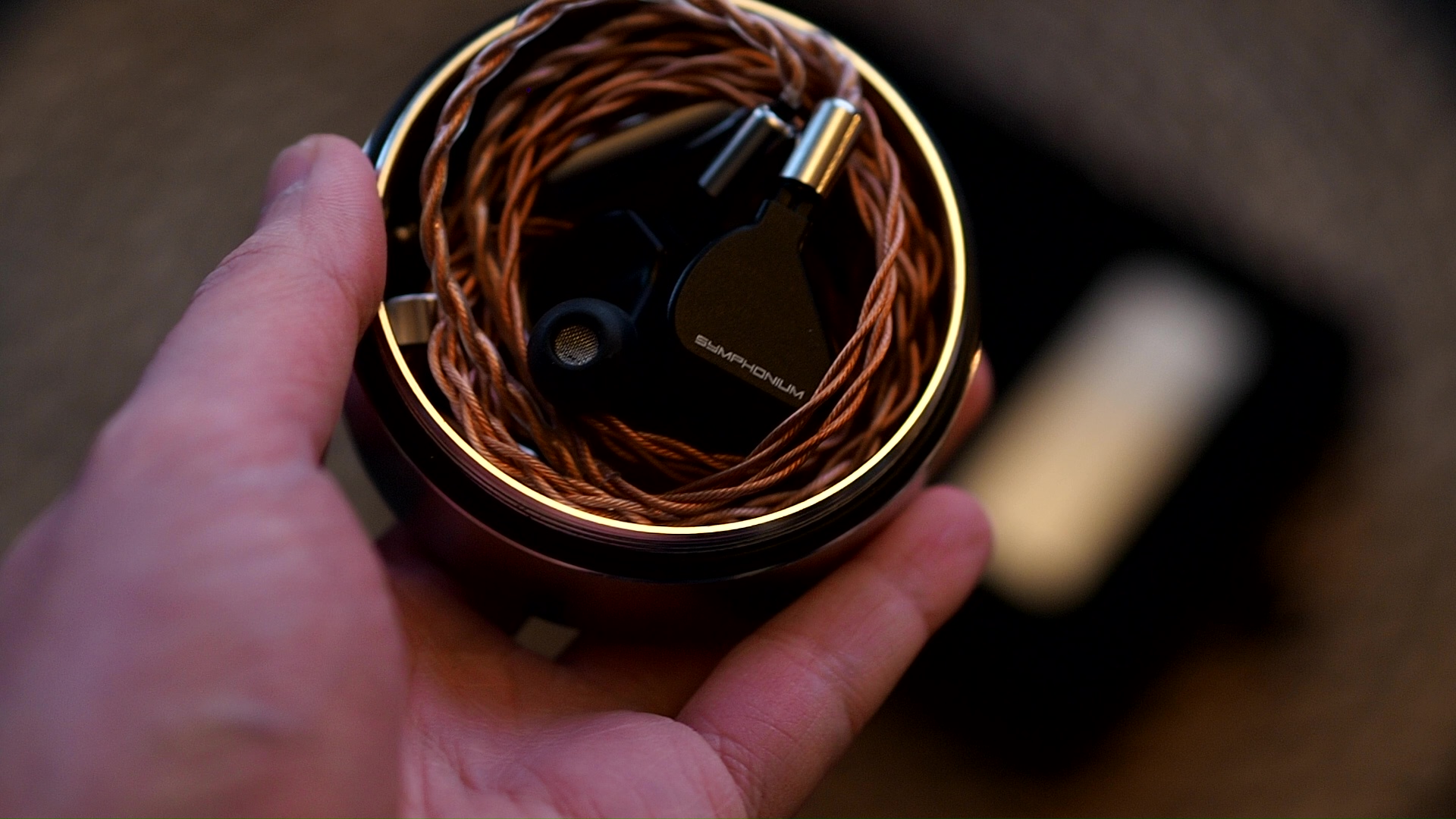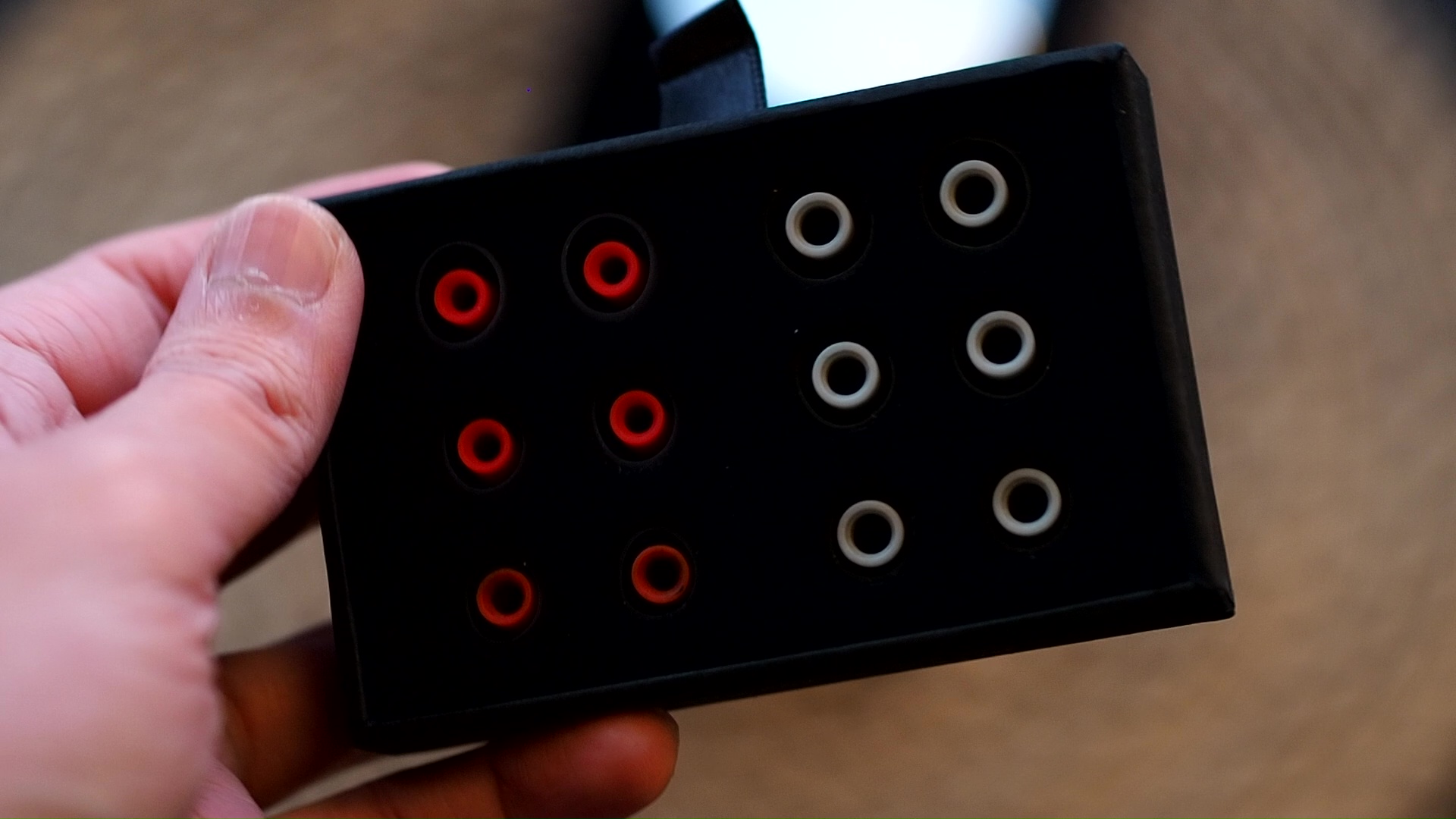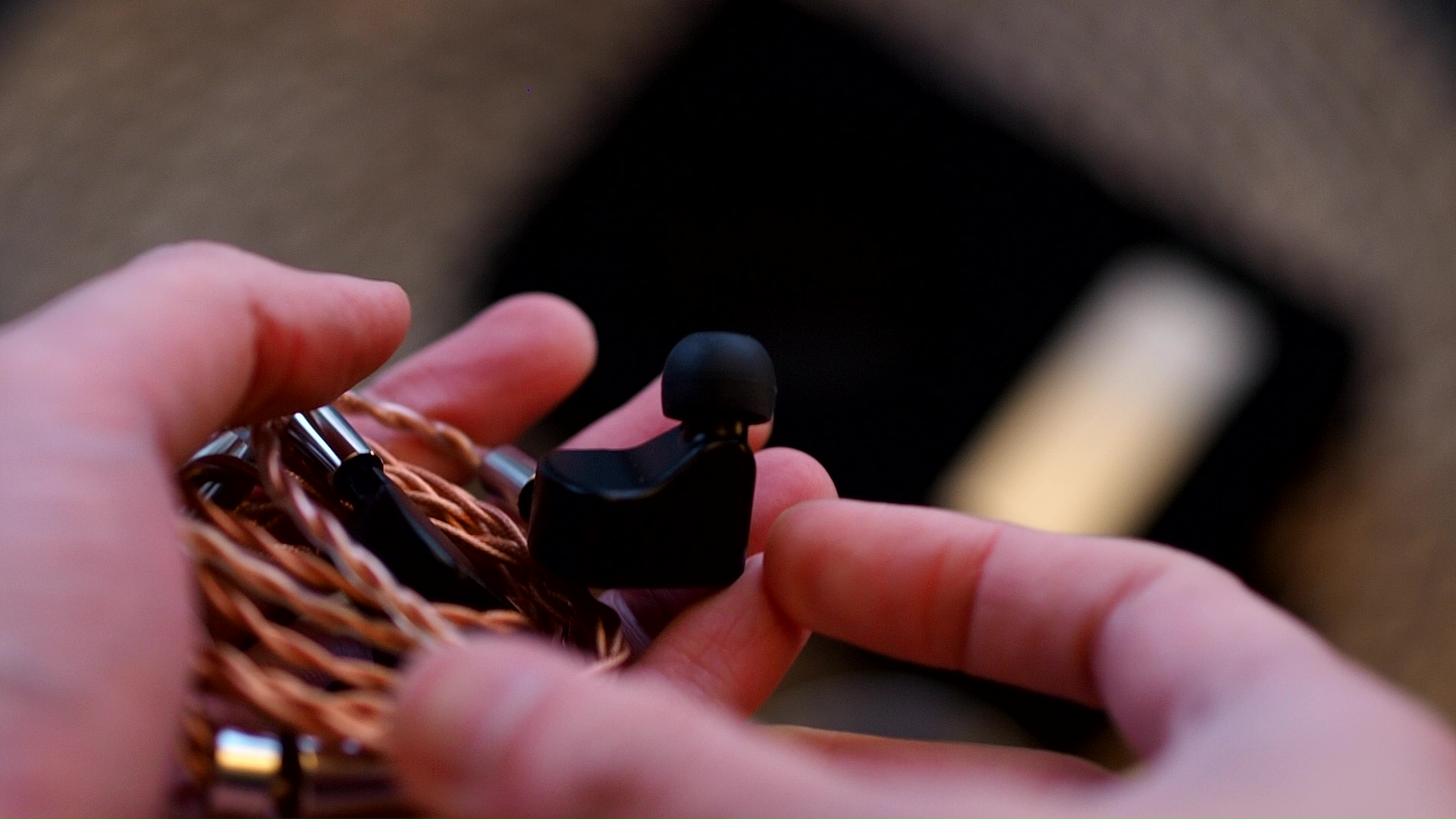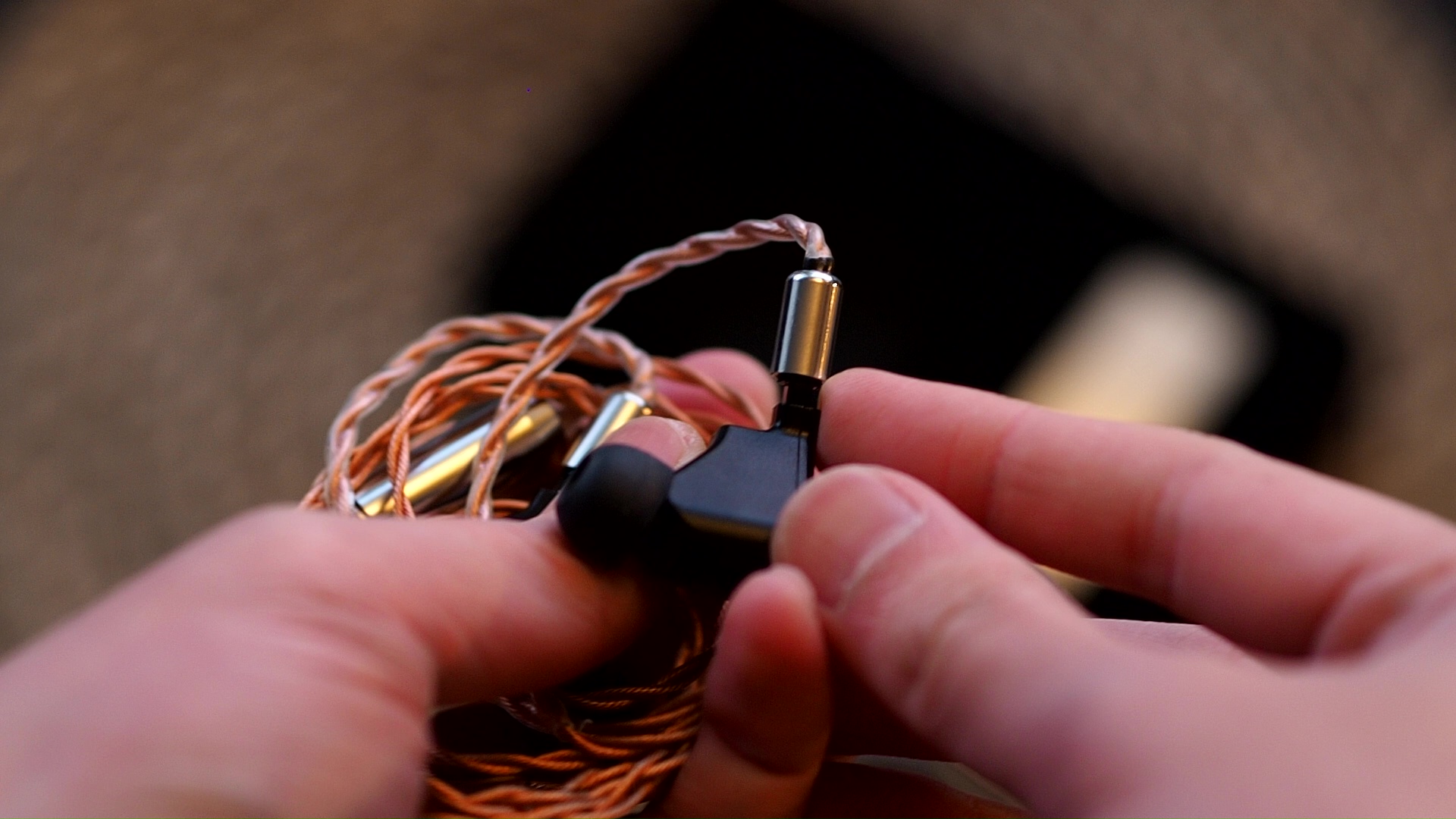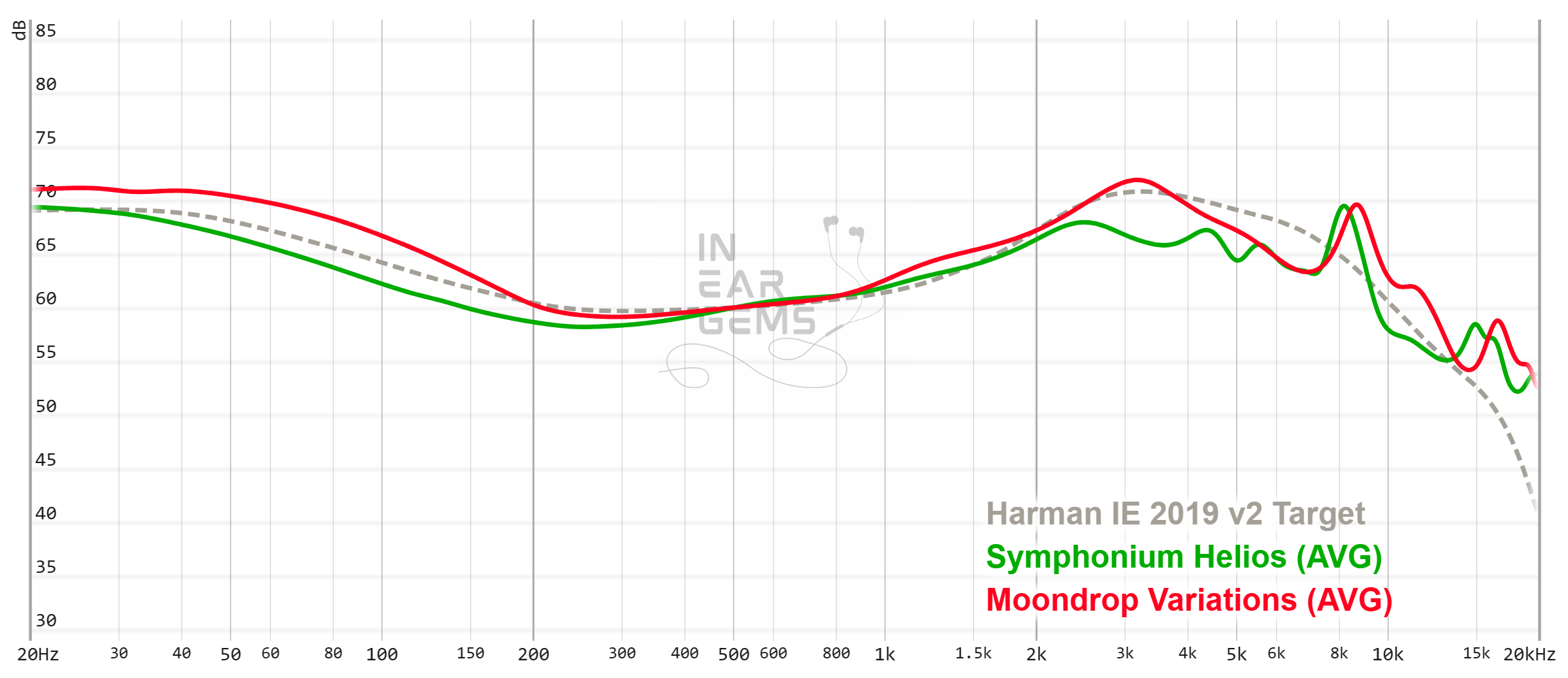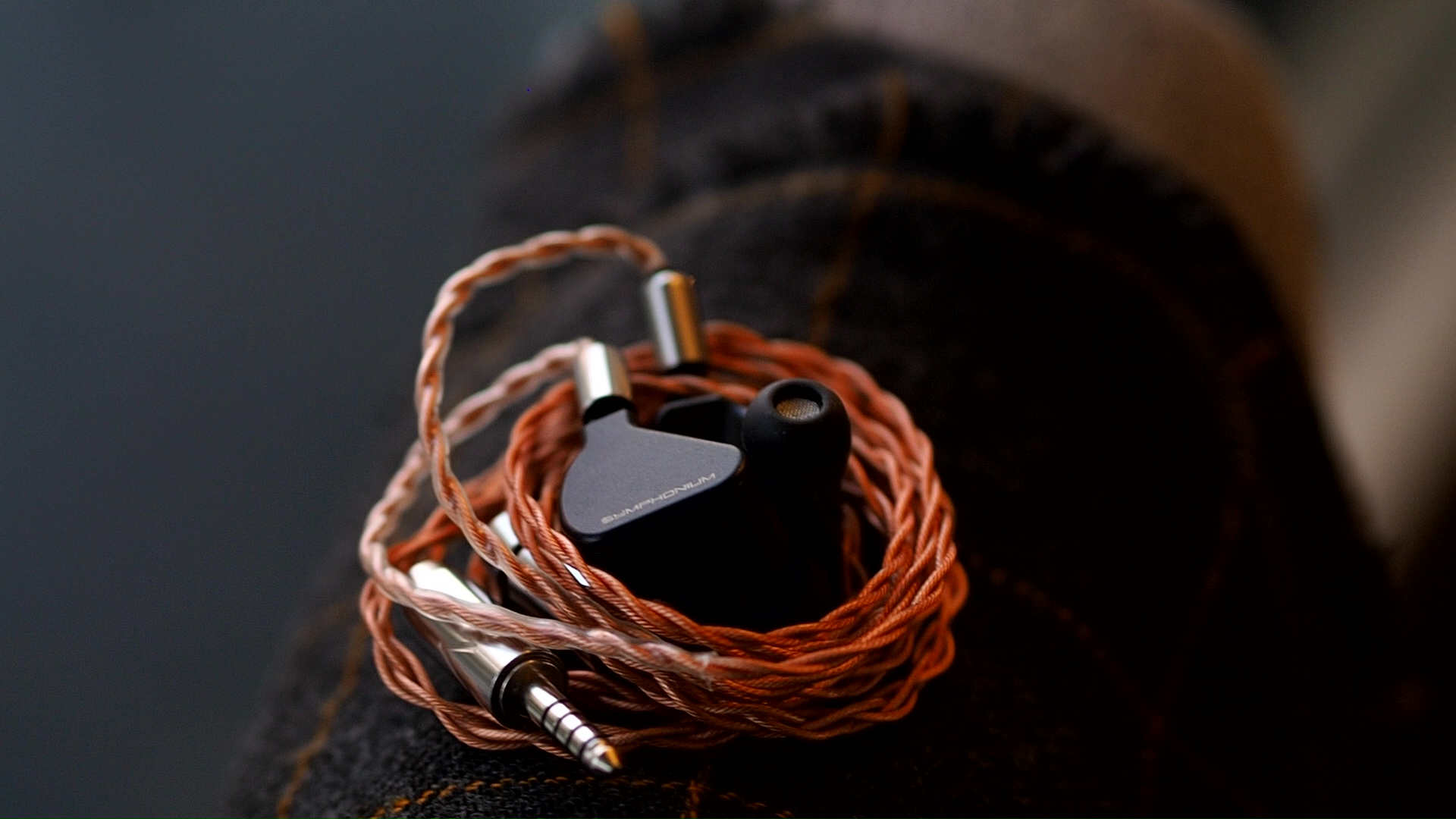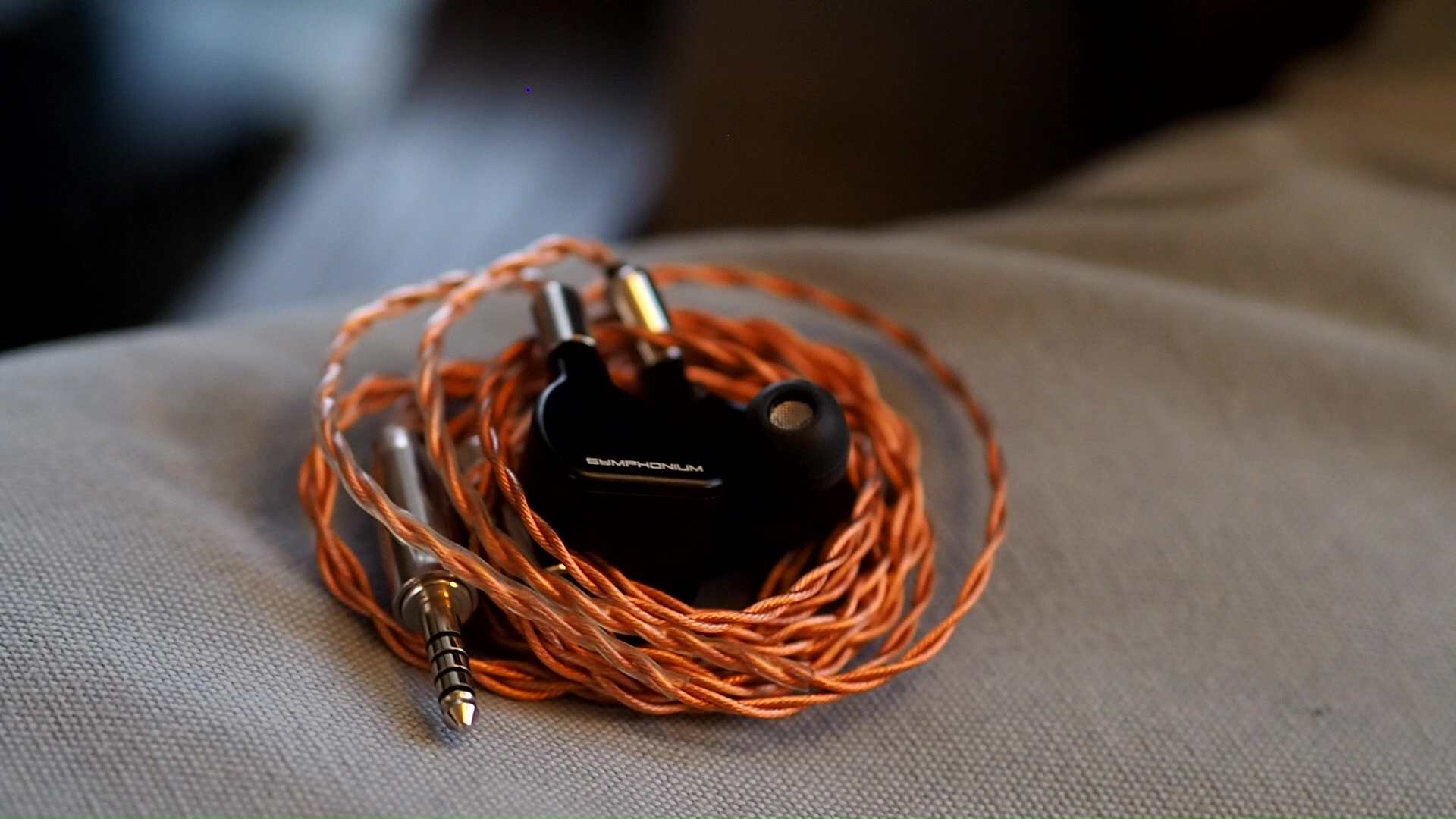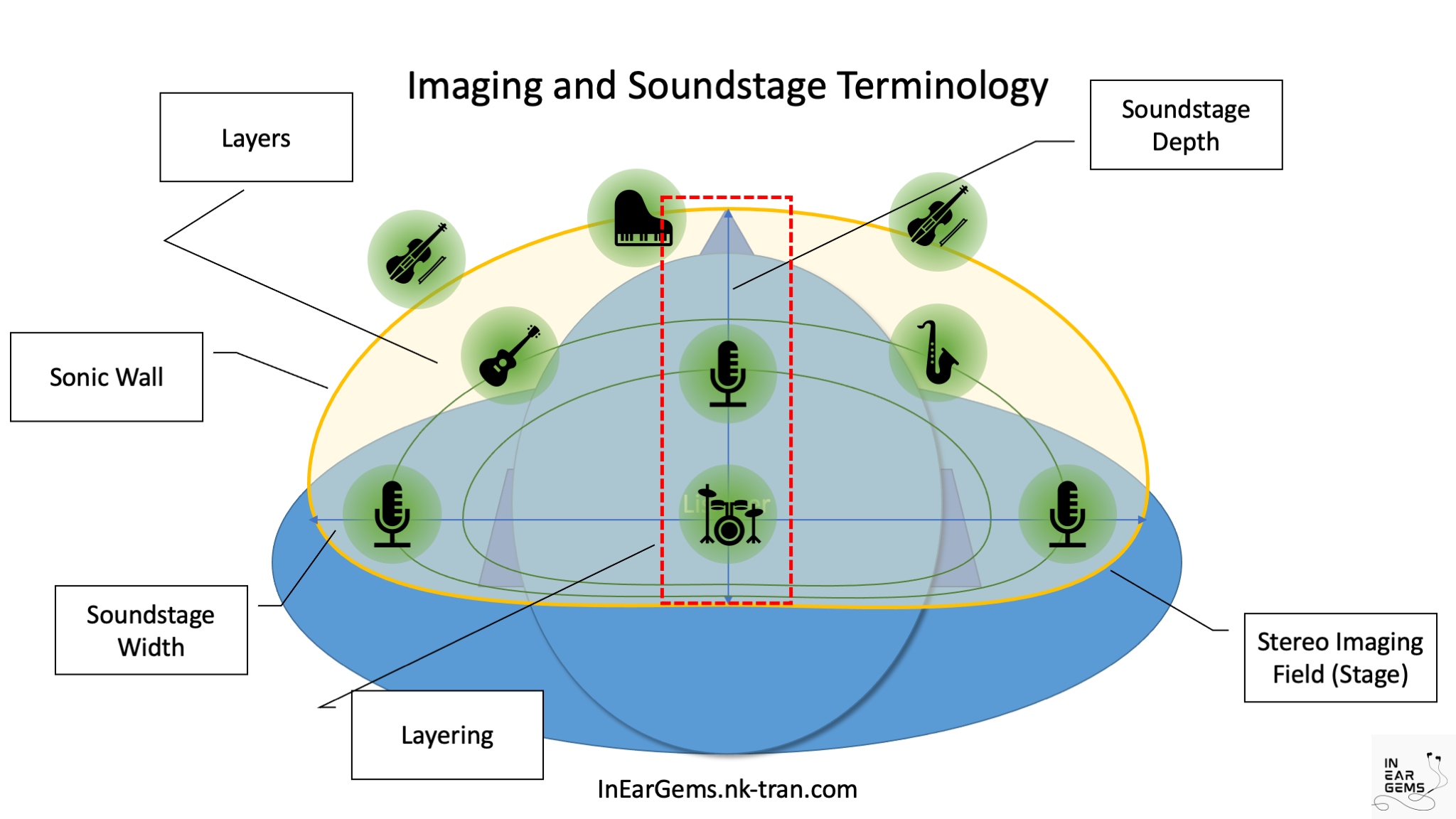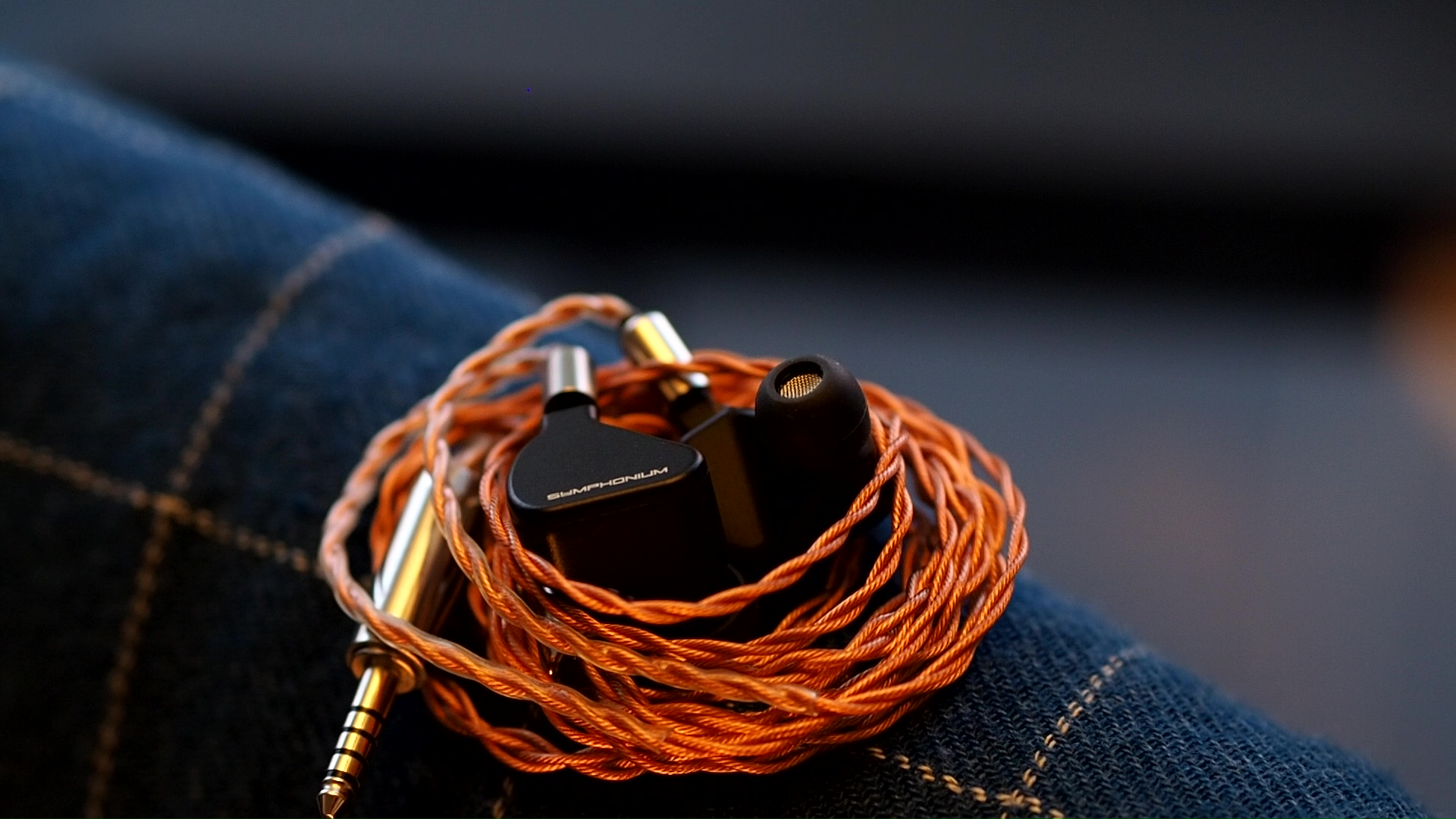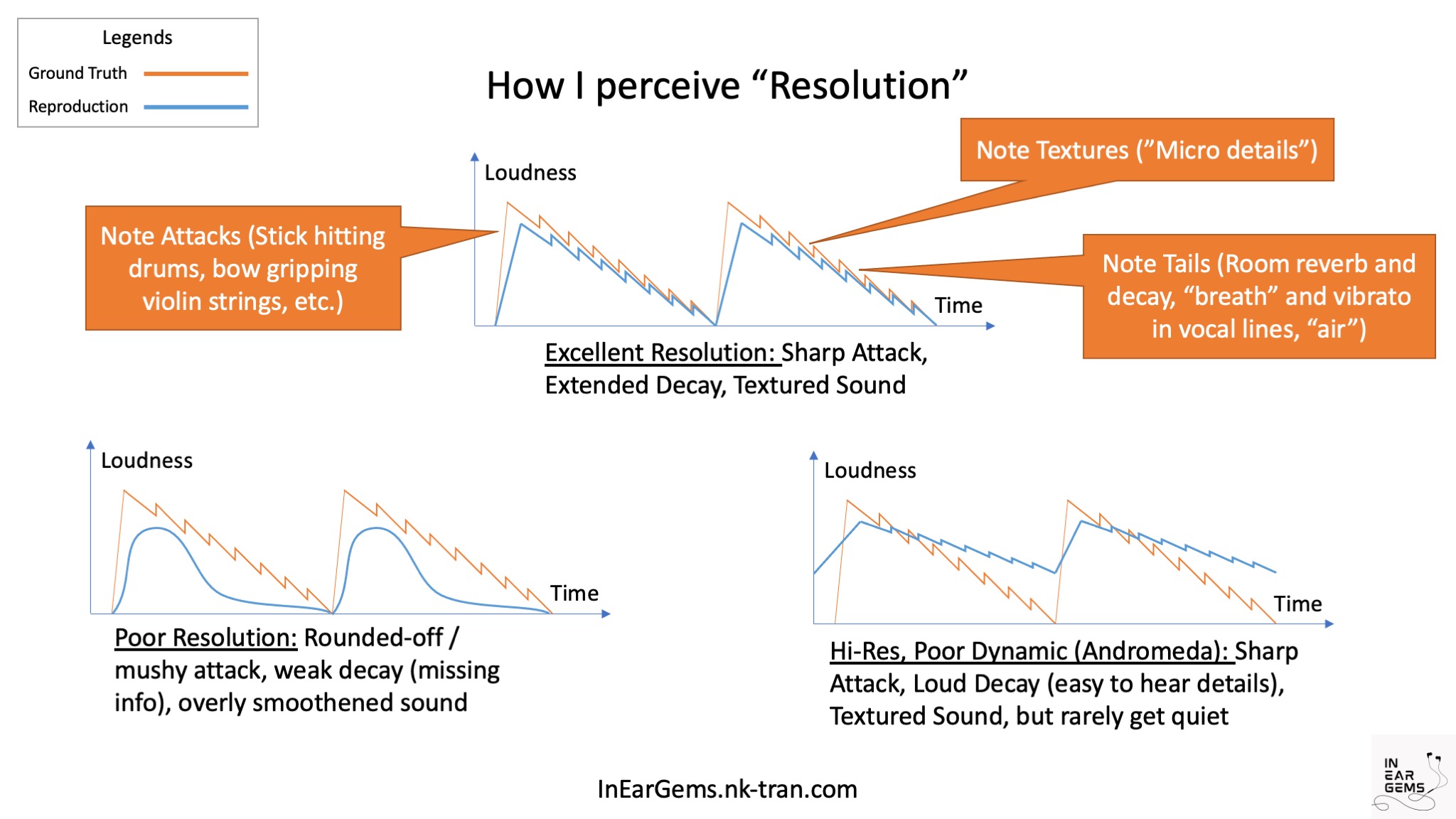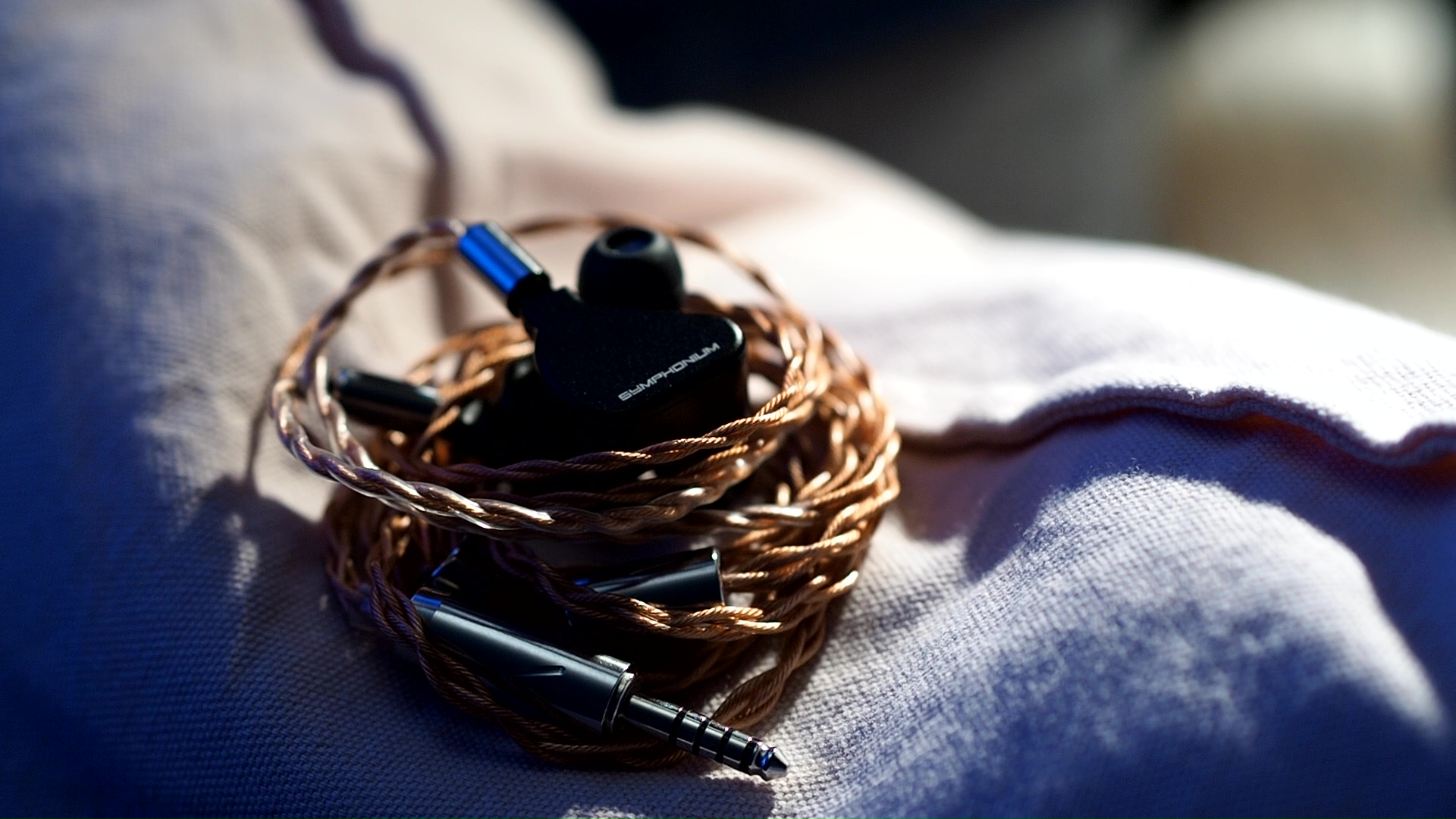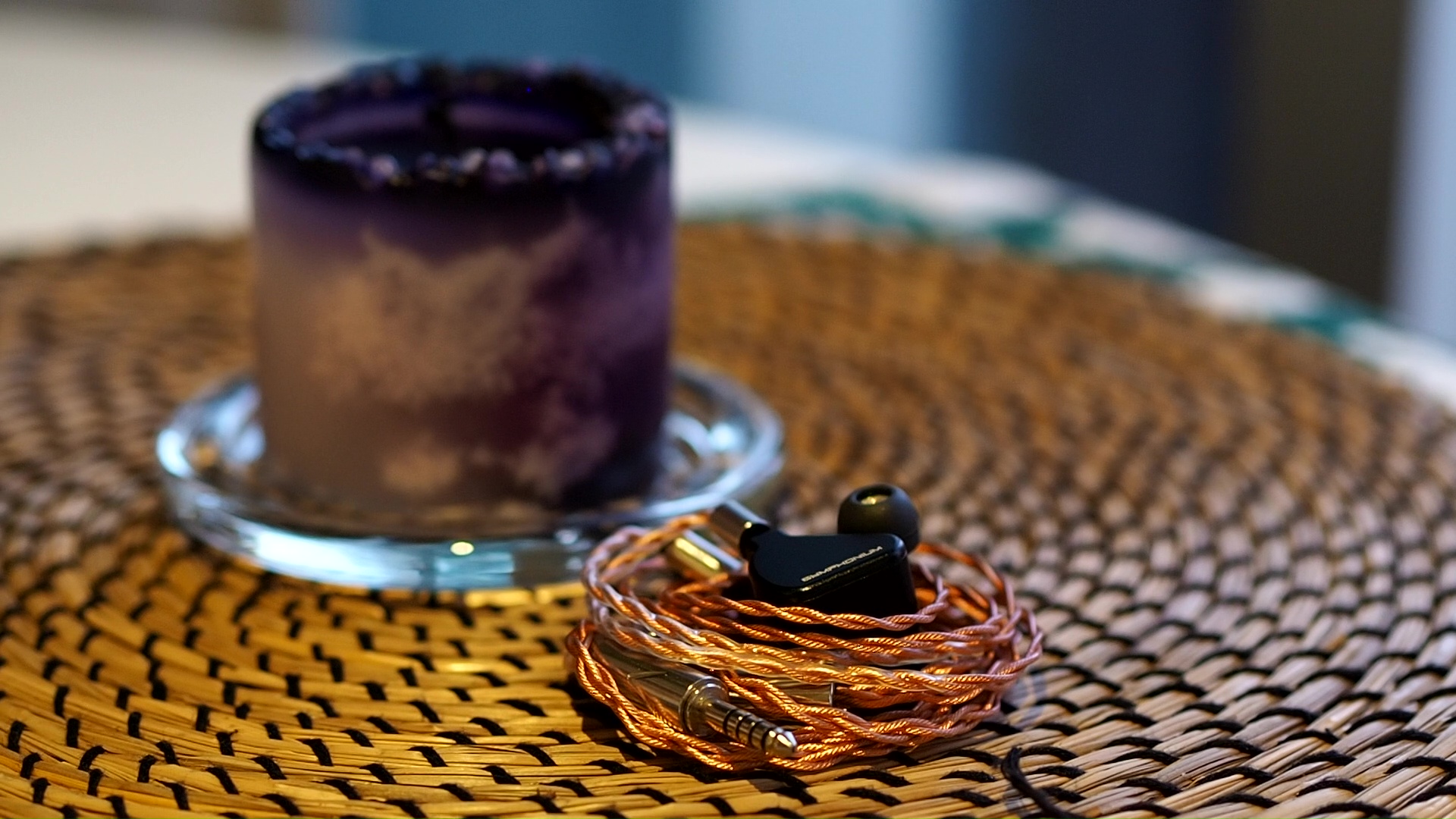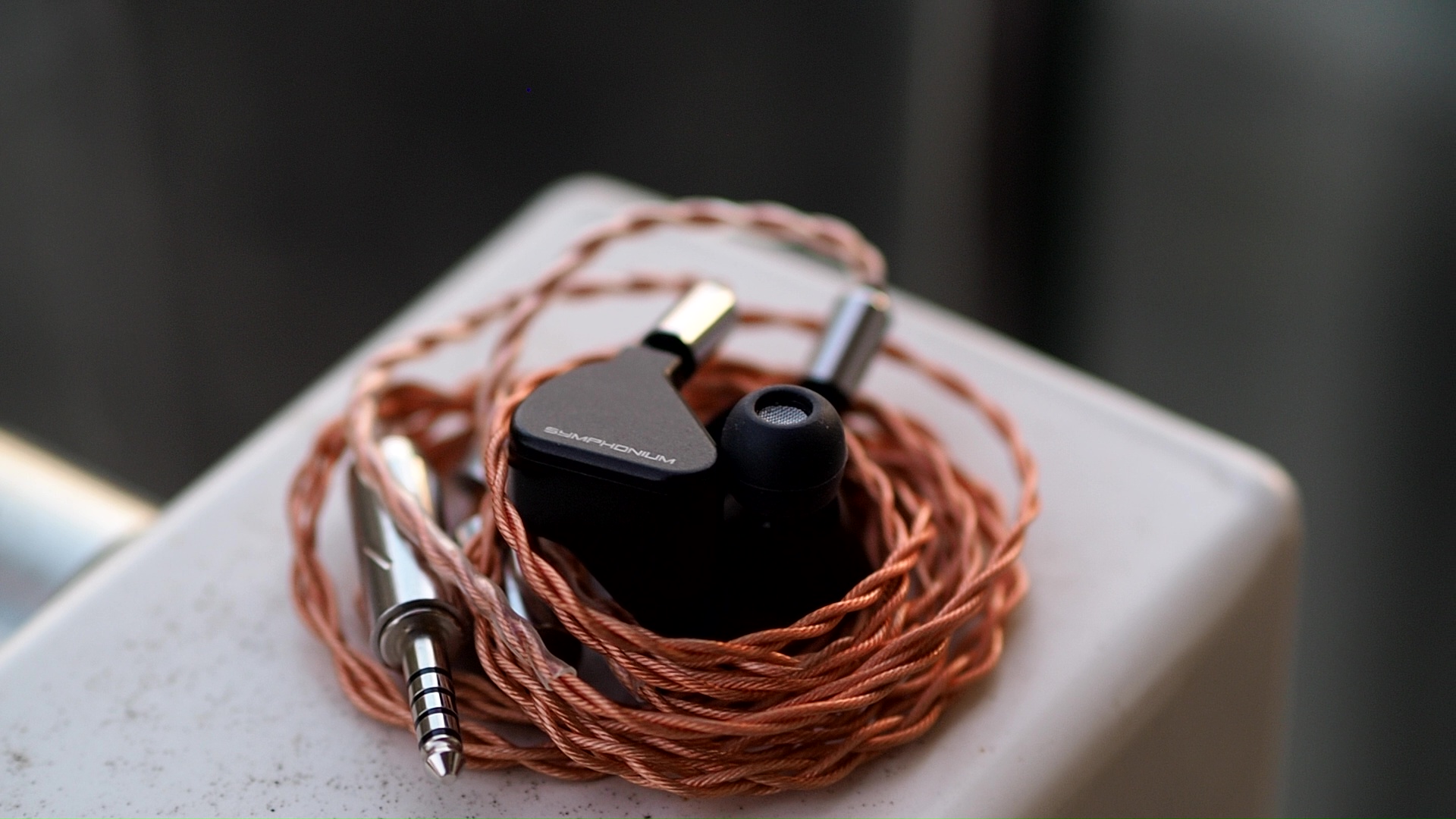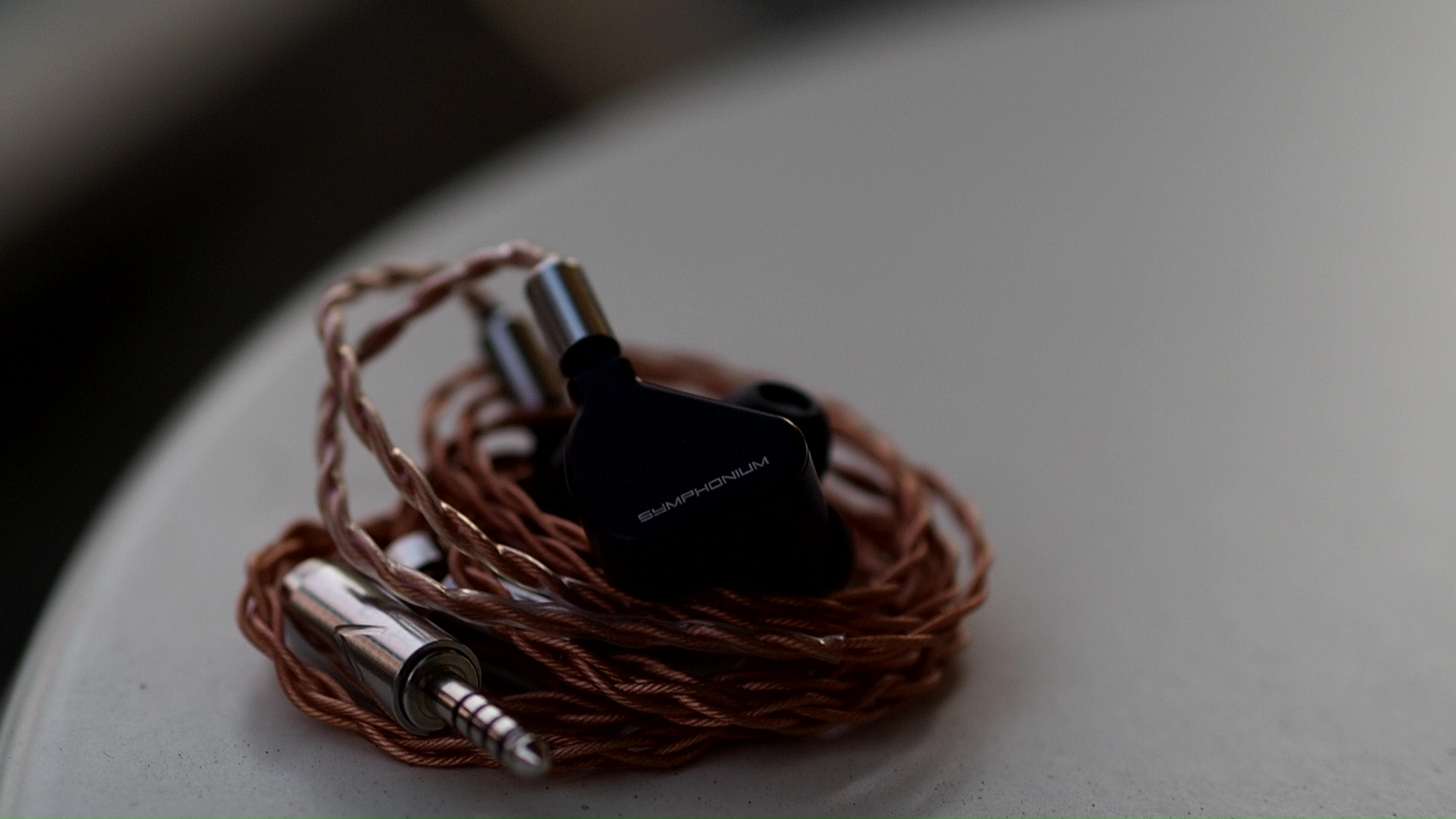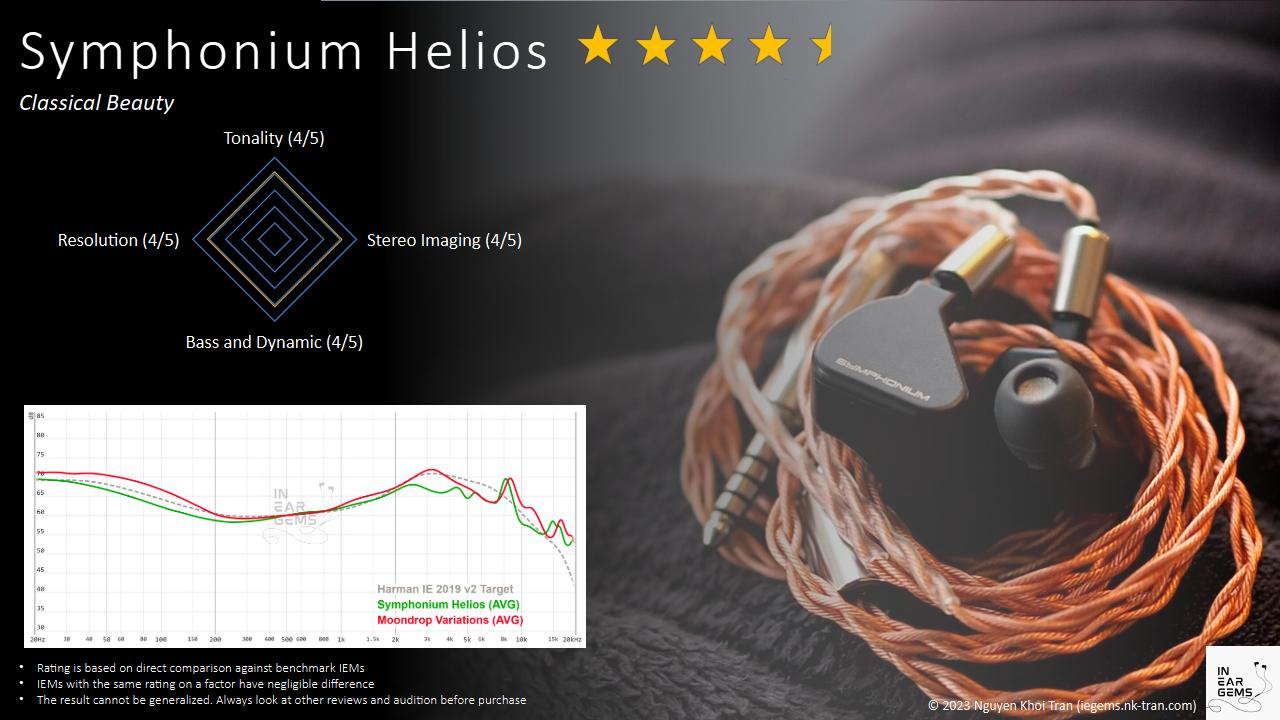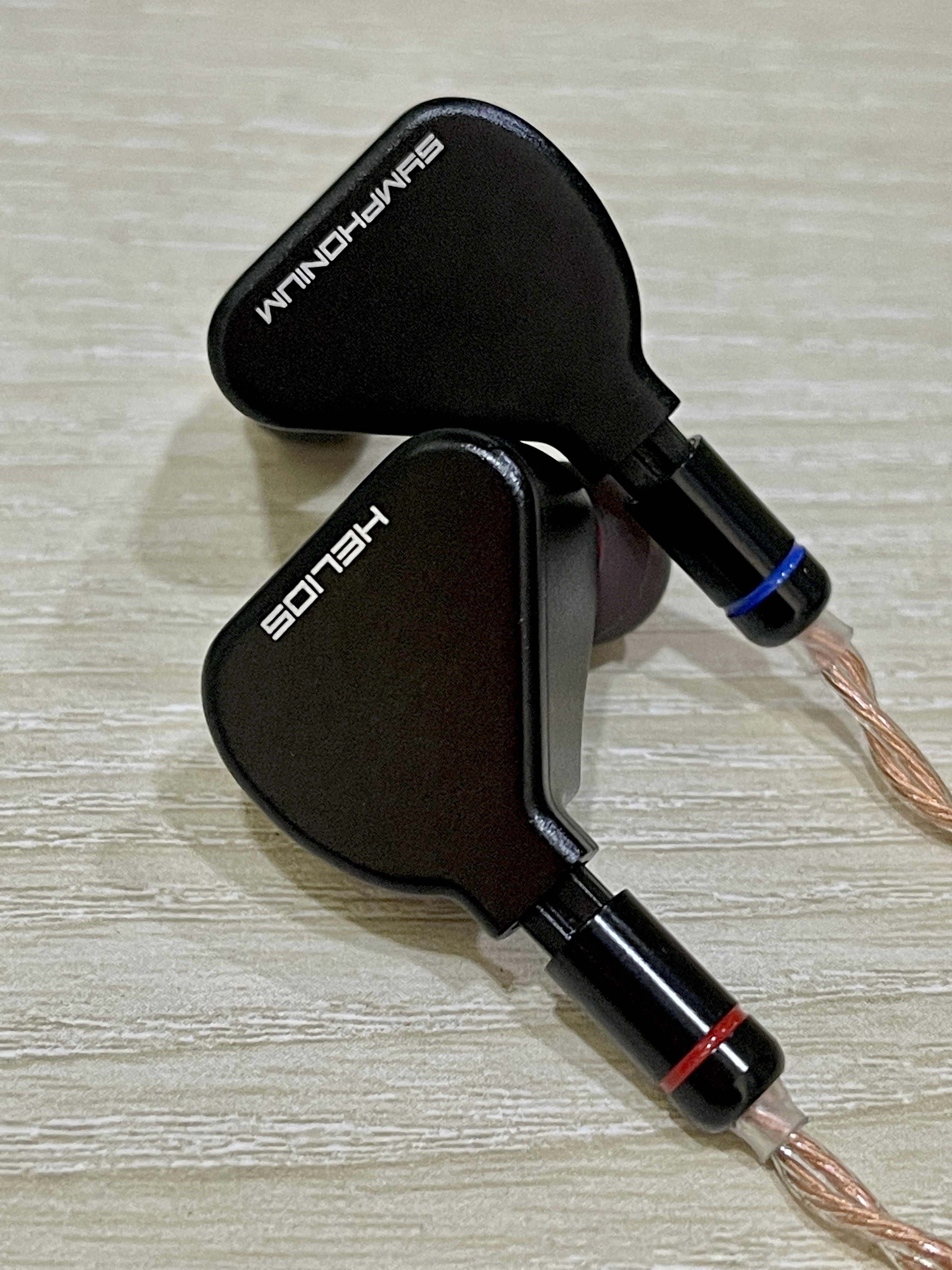Preamble:
Many thanks to @Damz87 and @Sebastien Chiu for arranging the Australian tour of the Helios.
The sources used to form this review included:
- Chord Mojo 2;
- Shanling M6 Ultra; and
- Luxury & Precision W4,
all fed with lossless FLAC files.
There are a number of nations that are associated with the manufacturing of certain products. There is something to be said about a German car, a Scottish whiskey and now perhaps, a Singaporean IEM. Singapore has emerged as a heavy hitter in the audio scene and more specifically, the IEM scene. Today’s review concerns the Helios by Symphonium, a fairly new entrant into the audio market that has made some waves with their trio of initial releases and their association with their compatriots, Subtonic and Nightjar. This trio of makers from Singapore have garnered some attention for their rather exciting releases into the IEM market. But is the Helios a flash in the pan or a foundational product for someone that expects to be a market-leading audio manufacturer?
The Factual Stuff
The Helios comes in a rather spartan and compact box housing within:
- Stock Symphonium tips;
- AZLA Sedna Eartips;
- An Altatune Audio Nova copper cable;
- A nice authenticity card;
- A cleaning brush; and
- A handsome metal carry case with a screw down lid.
The earpieces themselves are an angular and oddly shaped piece of machined alumnium anodized in black and adorned with simple white text. Within these earpieces are four balanced armature (BA) drivers accompanied with a four-way crossover to help the BAs to work together nicely. The Helios also spruiks their Filtered Linear Attenuation Tuning (FLAT) which promises to avoid impedance mismatches and any impact that your source will have on the frequency response curve of your Helios.
You get all of this for the price of 1099 USD, placing the Helios against stiff competition in the fabled “kilobuck” region.
The Opinion Stuff
Sound
Bass:
The Helios takes a sub-bass focussed approach to the lower end of the frequency response curve, elevating the lowest of frequencies to provide a satisfying sense of presence with great extension and presence. The low-end makes itself heard in songs such as “Solar Sailer” from the Tron Legacy soundtrack and Jhene Aiko’s “B.S.” each providing a very satisfying sub-bass rumble. The Helios does not sacrifice quality however as these frequencies remain nicely detailed and textured.
The mid-bass on the other hand is rather anaemic in comparison, with this section of the frequency response curve being pulled back rather heavily, potentially in order to maintain the clarity of the mids (further outlined below). Subtle bass lines in tracks such as “Out of Time” by the Weeknd or “Above the Clouds” by Gangstarr remain discernible but removes an element of punch and impact. This definitely renders certain songs feeling thin and lacking that fun factor.
Overall, the Helios takes a rather safe approach to bass tuning to achieve, what I feel is neutrality and cleanliness throughout the entirety of the frequency response.
Mids:
The shift from mid-bass to lower mids is a rather peculiar one with this region seemingly being recessed to the point of removing certain sounds in tracks that I am quite familiar with. The result is an odd presentation wherein there is a jump from sub-bass to certain vocals and instruments in the mids. I also believe that this dip is also responsible for a seemingly recessed male vocal line, as certain songs such as more Weeknd tracks and “Just the Two of Us” by Grover Washington & Bill Withers felt a little thin and lacking the emotional impact of the male vocalist’s voices.
The upper-mids seem to be tuned with greater gusto however, as female vocalists and higher pitched instruments felt much more present within the mix. K-pop is characterised by the airiness and heady voices of their female vocalists and that much is apparent when listening to the Helios. There is perhaps a little too much juice towards this end of the mid spectrum as some songs such as “4 walls” by f(x) and “Fine” by Taeyeon came off a little shouty at times.
The timbre of the mids is also a bit off by my listening as each note comes hard and fast, with seemingly little decay. The result is a little bit of perceived thinness and dryness in the vocal tonality. The benefit of this characteristic is a greater perceived sense of clarity in the region as each instrument felt very clear and crisp in its presentation.
Overall, the lower-end dip and upper-end boost seems to target a certain demographic and certain library of music. I feel that the mids are clear, crisp and nicely sparkly, but is somewhat unnatural in its presentation and potentially missing the note weight and emotional engagement that slightly warmer tuned IEMs would offer.
Treble:
The Helios manages the treble region with great gusto, with piercing synths, harrowing violin solos and crashing cymbals providing a great sense of sparkle and crispness. Brushes on the hi-hats in “The Demon Dance” by Julian Winding present readily in the mix and are wonderfully visceral. Piercing synths throughout a variety of EDM songs were resolved resolutely by the Helios with each note being crisp and clear in busily produced tracks.
I do not find the treble peaky nor do I find it overly bright. the Helios manages to balance the treble rather well with the rest of the frequency response curve and the aforementioned speed of the Helios manages to replicate higher end notes with great gusto. Despite not finding it “overly bright”, I did find that it toed the line at times with grating synths in “You & Me” by Disclosure and remixed by Flume came across a little hot at higher volumes. With that being said, the Helios did not seem to cause me any fatigue over long listening sessions.
Overall, I found the treble crisp, fast and extremely well detailed. There is a very slight toeing of the line here but the hair-raising sparkle that certain songs provided on the Helios was very rewarding and I can definitely state that this is perhaps the most well executed portion of the tuning of the Helios and potentially amongst its competition. I cannot find fault in this region even if I tried and for someone with particularly "ded" ears in that treble doesn't immediately jump out to me on first listen, the treble was sorely missed when switching to other IEMs.
Technicalities
I’ve touched on it somewhat in my discussion regarding the tuning but the Helios appears to be a wonderful technical IEM. The crispness and speed of the 4BA setup combined with the tuning creates a wonderful sense of a highly detailed and greatly resolving IEM.
The aforementioned dryness of the notes may lead to certain notes being overly fast and slightly thin but speed at which the Helios runs through generously produced tracks is something to behold.
It remains layered, coherent (save for that mid-dip) and certain sounds and instruments are easy to pick out from the mix. This is a particularly strong point of the Helios, perhaps by virtue of that mid-dip, notes seem to appear out of nowhere and strike with authority and speed. This style of speed and detail lends itself to a more spacious staging experience as it feels slightly diffuse in presentation.
Soundstaging is rather unique in that the Helios feels quite wide as certain notes seem to extend out quite wide in the headstage. The depth is also decent but I feel that this is helped along by the aforementioned tuning choice leading to recessed lower mids creating a faux-sense of depth.
Overall
The tuning of the Helios is, in my mind, a mixed bag. The sub-bass is wonderfully executed, the mid-bass leading into the lower mids is a black hole essentially, upper mids are crisp and elevated and the treble is simply wonderful.
This ends up creating a rather disjointed reproduction of music (in the case of my library at least) as I felt throughout listening to the Helios that I was missing out on something and there was less toe-tapping and singing along with my tracks and more just pointing out technical details of certain parts of the song.
On that point however, the Helios is, technically, a great IEM. Resolution and detail is provided in spades but this is perhaps at the cost of some note-weight, tastefully executed decay and a warmer, more emotionally engaging tonality. But this is simply a preference of mine and you may feel that I talking crazy here.
Synergy
One thought coming to my mind here namely lessons learnt after multiple DAPs, DACs and Amps plus headphones and IEMs is synergy! Hoping for the one and only holy grail Setup is maybe just a nice wish unless buying according synergy transducers and I don't believe even the best sources are an exception here. There's a reason why people are having multiple devices in parallel or reducing inventory and keeping only the ones with right synergy.
Chord Mojo 2
I would characterise the Mojo 2 as a very, very slightly warm neutral tonality with a more natural reproduction of instruments and voices with no DSP enabled.
This presentation of music does not impart any coloured tonality on the Helios and provides simply more of the same in that the Helios is able to present itself as it was likely intended. The result of this is a technically proficient and somewhat sterile listening experience wherein the end-user is feeling the music come at them fast with loads of detail within.
The Helios with the Mojo 2 didn’t really elicit any specific emotions out of me apart from just an appreciation of how well it resolved. As such I do not feel that the two synergised with each other well in stock settings but after a bit of tinkering with the DSP to correct some of the perceived misgivings above, I felt the Helios improved due to a greater alignment to my preferences. I altered the mid-bass to give a little more oomph to the bottom end and add in to what I call the "fun factor" of the Helios.
Shanling M6 Ultra
I would characterise the M6 Ultra (M6U) as a smooth, slightly warm source with an increased sense of presence in the mids and a strong note weight.
This presentation seems to work well with the Helios as it seemed to elevate that previously mentioned mid-dip and add in a greater sense of warmth and weight to the mids that was previously somewhat thin and dry. The elevation in mid-bass and the euphonic quality it imbued on the mids generated greater enjoyment of the Helios for me and I thoroughly enjoyed my time with the Helios on this source.
I feel that the two synergise quite well with one another but considering that the M6U seemingly counteracts the conscious choices of Symphonium to tune the Helios in a certain manner, leads me to believe I am missing the point of the Helios.
Luxury & Precision W4
I would characterise the W4 as a fast, well resolving and somewhat dry source. With a penchant for sub-bass and upper mids on the stock settings, the W4 is seemingly similar to the tuning choices of the Helios.
These elements lead to a rather poor synergistic choice in my mind as it seemingly highlighted some of the issues that I had with the Helios as mid-bass remained rather limp, the mid-dip was left alone and the upper mids/treble started to venture into slightly too hot territory.
DSP settings such as the NOS digital filter and some other tweaks alleviated this but overall, I do not feel this represents the best choice for the Helios.
Comparisons
vs Campfire Andromeda (2019)
A perennial contender in the kilobuck category, the Andromeda is characterised as a warm-neutral IEM with a rather generous amount of mid-bass and a euphonic, emotional presentation of music helped along with its unique staging capabilities.
Tonally speaking, the Andromeda and the Helios are chalk and cheese as far as I am concerned. A-B’ing the two is a rather grating experience as the Andromeda is seemingly muddy and incoherent at first listen but over time my ears seem to settle in and begin to note the lusher and more relaxed vocal presentation. Sub-bass is a definite win for the Helios whilst mid-bass on the Andromeda edges out a win purely based on my own biases as one could say the mid-bass on the Andromedas are muddy. For the mids, the Andromeda gets the nod from me as I prefer a warmer and more emotionally engaging presentation of vocals despite the loss of the speed and crispness in instruments. This is more of a nod from my own coloured tonality preferences and looking it from an “objectivist” point of view, the mids on the Helios are more detailed and resolving than the comparatively ‘muddy’ Andromedas. The treble on the Andromeda ventures into overly safe and I feel that I am missing out on the detail and extension of the Helios.
Technicality wise, the tuning would have you believe the Helios is the definite winner but on closer examination I do not believe one is a readily apparent winner over the other. The Andromeda’s warmth does detract from the sense of perceived detail in that notes do not jump out at you but overall it appears they resolve as well as the other upon a critical listen.
These two are heavily contrasting and I feel that I cannot give a definitive nod to one or the other from as objective as a perspective that I can give.
vs Sony IER-M9
Perhaps the old-guard of the kilobuck region, the IER-M9 presents a slightly warm leaning neutral tonality and great technical ability but at the cost of coming off as a little too safe.
Comparing the IER-M9 and the Helios demonstrates some definitive differences. The IER-M9’s bass is, in my opinion, better balanced than the Helios with the exception for the detail within the sub-bass. The IER-M9’s bass chops as a whole cannot be denied and feels wonderfully meaty and present in every song that I listen too whereas the Helios flexes its muscles whenever there is a sub-bass focussed track on the queue.
Male vocals are better executed on the IER-M9 and instruments such as an acoustic guitar comes across as more natural and more engaging on the IER-M9 than on the Helios. The upper mids leading to the treble on the IER-M9 are slightly reigned in from the Helios but the result is a perceived loss of some sparkle and detail in the upper end. The extended treble of the Helios wins out in this regard compared to the IER-M9 as I felt it was much more well executed and had a greater sense of air and presence.
Technicality wise, the IER-M9 performs quite well on the detail and resolution front but I feel that staging is a little more confined and intimate on the IER-M9 which some people may like but others may not.
I feel that the IER-M9 takes a safer approach to tuning and provides similar technical capabilities. The warmth of the IER-M9 may have some detractors but I feel that it provides a more palatable tonality and does not lean too hard into the detail at all cost camp that the Helios seemingly occupies.
Overall, the Andromeda takes the most coloured tonality and is likely to be the most divisive tonally. The IER-M9 takes the safest route in my opinion and is a rather safe albeit boring choice in the kilobuck region. The Helios occupies the other end of the spectrum in that its tuning seemingly favours a more clinical approach to music reproduction.
Quality of Life Concerns
The Helios are weird looking. There is no dancing around it, the angular housings combined with the long nozzles create a bit of a kerfuffle with fit. I for one, have had difficulties in finding an IEM which didn’t fit my cavernous earholes but the Helios took some adjusting and fiddling around with to get to fit well. The included cable did not feature earhooks and for good reason, these may protrude slightly and the cables may stick out and above your ear.
The Helios are also rather difficult to drive, requiring a rather healthy amount of juice to be taken to robust volumes. In my testing the W4 had to be cranked up to 70/100 on high gain through the balanced output to get it to border on slightly too loud which is rather a significant amount of power in my experience with IEMs.
The accessory package is half decent but the case is a screw down one that makes a godawful racket and the case is rather cramped if you’re not using the stock cable. I would have preferred a slightly larger case that wasn't made out of metal but I cannot deny it looks very, very nice.
Value
The kilobuck IEM is an often-fabled price bracket with numerous competitors vying for dominance. There is something to be said for IEMs in this region as there is a great level of technical capability and a wealth of options for tonality. At the price that Symphonium is asking for, I honestly believe that the Helios is a fair purchase when viewing it from an empathetic mindset. The only question in my mind is the tuning. Some may value this detail-orientated and crisp IEM but I for one would rather either the IER-M9 and the Andromeda (noting that I am inherently biased as I paid for these two).
These two kilobuck IEMs offer up a more warm tuning approach and the three could sit on a spectrum with the Andromeda occupying the most coloured tonality in terms of warmth whereas the Helios sits at the other end in the cold, slightly clinical approach. The IER-M9 is warm indeed but sits in the middle of the two being the most balanced in my mind. So it really boils down to what tonality you enjoy but all three offer up their own benefits. Are you a treble head? Helios. Are you a bass-head? IER-M9? Are you just looking for something with off-kilter tonality and a warm and euphonic production? Andromeda.
Conclusion
“Objectively” infallible, the Helios tries to present a very clean and resolving tonality and achieves it with gusto. Instruments and vocals are clearly separated and the 4BA set up resolves extremely well, providing a crisp and “neutral” tonality.
“Subjectively”, the Helios presents a tonality that is too clean for me and dry in its presentation. Verging on the very edge of being unnatural for me, the Helios’ mid-bass/lower-mid dip as well as the sub-bass boost presents an oddly sterile tonality with certain instruments being thrown into the abyss in order to cleanly separate mids and bass.
I understand the appeal of the Helios for those looking for detail by any means necessary as the tuning seems to emphasise the idea of resolving notes in integral portions of the frequency response curve at the cost of everything else. The result to me at least, is a tonality that I feel fails to engage me emotionally and invites critical listening for random details you feel that you might have missed with lesser IEMs instead of simply relaxing to enjoy your library.
It is a fine IEM, but it is not a kilobuck revelation nor is it something I would welcome into my rotation based on subjective preferences. On my worst days I described the Helios as clinical and sterile. On my best days, I described it as wonderfully resolving, fast and crisp in its precision. The Helios, for better or for worse, is the Mr. Clean of the kilobuck realm and if that is what you’re looking for, then look no further.
This review and the rating I give it is inherently coloured by my own personal preferences but I've made it a point to try and highlight the strengths of the Helios which may have a greater weighting in your personal listening experience. Should you place greater weight on treble response and the crispness of note reproduction, then you may be more forgiving to the Helios.











